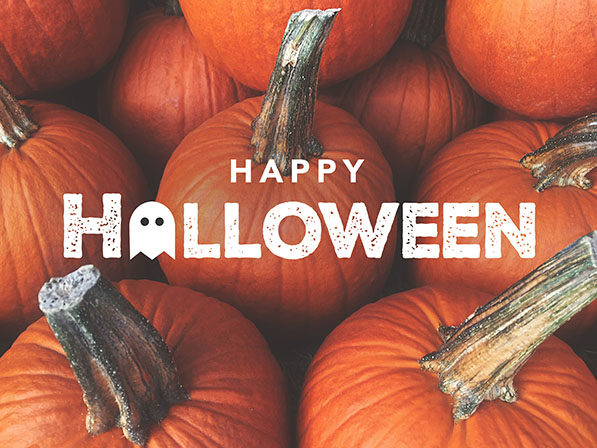Since Halloween falls on a Friday this year, employees might find themselves in a celebratory mood, and some employees may feel — because it’s a party — the usual rules don’t apply. They might show up in costume, like a “naughty nurse,” a loincloth-clad Tarzan or an otherwise workplace-inappropriate costume. Employers hosting Halloween parties — or even just anticipating employees coming to work in costumes — should remind employees what is and isn’t permitted to wear and that the company dress code still applies.
Remind employees that they should choose costumes thoughtfully; if they think a costume might cause controversy, it probably will.
And it’s not just sexually provocative costumes that should raise a red flag for employers — in today’s highly charged political climate, other costumes may be offensive or cause tension among employees. Employees’ insensitive costume choices can lead to discrimination and harassment claims, so tell employees to avoid potentially inappropriate costumes like:
- Culturally insensitive costumes (e.g., portraying someone of a different race or ethnicity);
- Religiously insensitive costumes (e.g., a priest, nun or rabbi)
- Political costumes (e.g., the president, or a negative interpretation of the president);
- Coworkers, supervisors or CEOs of the company; and
- Costumes meant to offend (e.g. Nazis and other extremists).
As a practical matter, encourage employees to also consider comfort. The Halloween celebration may last only an hour or so, leaving another seven hours of work time that could be uncomfortable in, say, a giant, inflatable dinosaur suit. And a face full of zombie makeup can get mighty itchy four hours or so into the day.
Additionally, remind employees that they’re still expected to perform actual work — and their costumes shouldn’t interfere with their ability to do so.
Finally, keep standard HR concerns in mind — like properly providing meal and rest breaks, and compensating employees correctly. For example, nonexempt employees who work more than five hours must take a 30-minute meal break. Additionally, a nonexempt employee whose total daily work is at least 3.5 hours must be permitted a paid 10 “net” minutes rest break for every four hours worked or major fraction thereof. If the party is mandatory, and nonexempt employees attend and then go straight back to work, they will have missed that mandatory meal break — even though they weren’t performing their typical job duties and were fed lunch.
In addition to paying for the time spent at the party, employers will owe an additional one hour of pay for each nonexempt employee who was denied a meal break because the employees are still considered under the employer’s control during the meal and not provided an off-duty meal break.
If attending the party is voluntary, let employees know in writing when inviting them. This can help employers avoid paying any meal break penalties.
If the party is not during regular working hours, let employees know that their attendance is voluntary. But if employers require nonexempt employees to attend, they’re “on the clock” and must be paid for all time in attendance. If the employer holds the party after the workday, it could result in overtime pay obligations.
Overall, Halloween can be fun and festive, boosting morale and encouraging team bonding — as long as employers clearly communicate expectations ahead of time.
Mike McCluskey, Senior Technical Editor, CalChamber
CalChamber members can read more about Dress Standards in the HR Library. Not a member? See what CalChamber can do for you.





